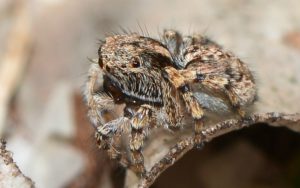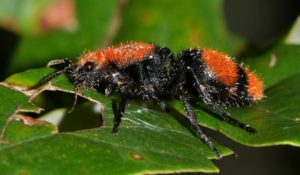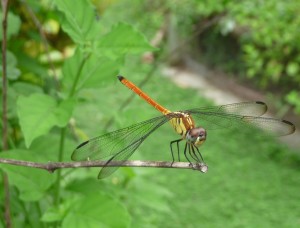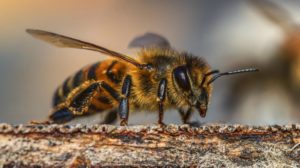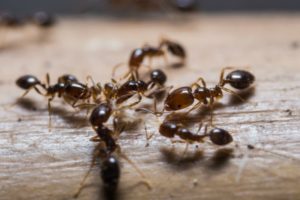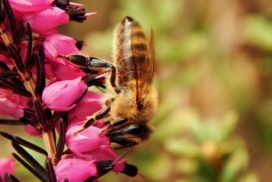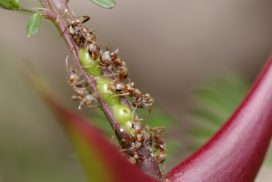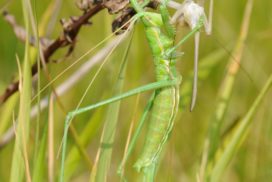WHY IS THE HEARING ABILITY OF A KATYDID REMARKABLE?
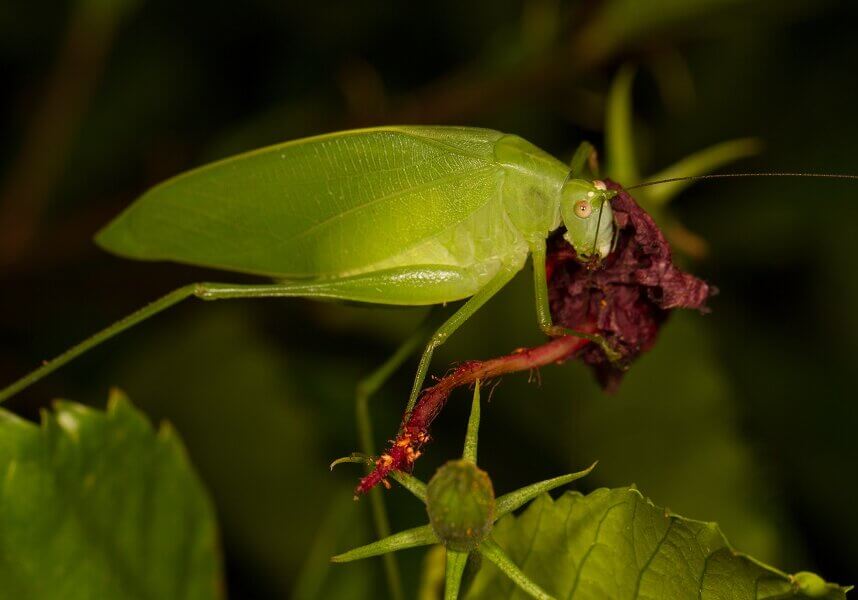
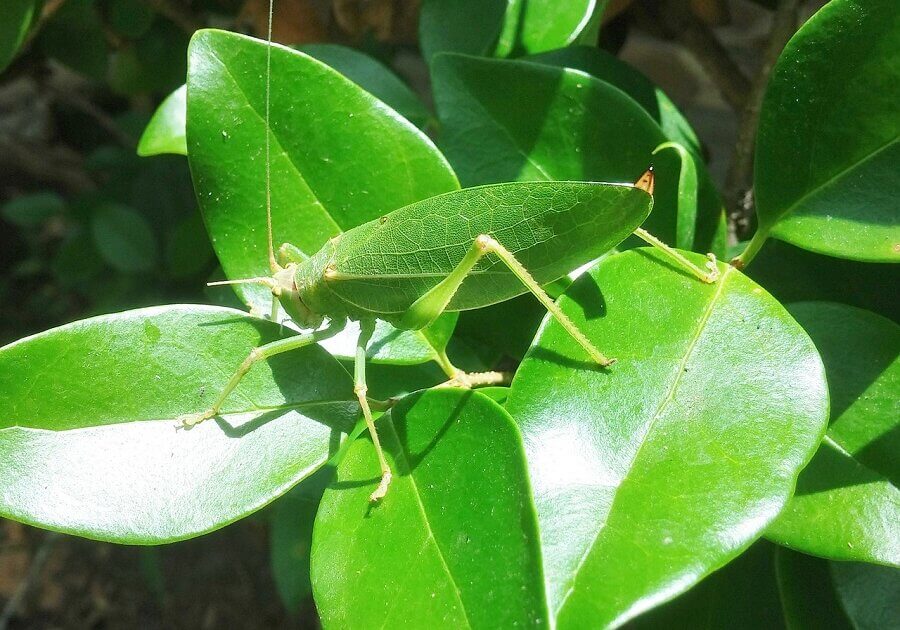
Some katydids such as the South American bush katydid (Copiphora gorgonensis) have hearing organs that work similar to human ears. The organs—located on its front legs—collects sound and analyses its frequency, the way a human ear does.
The katydid’s ear, which is less than 1mm in length, has a pressure-filled cavity called the acoustic vesicle that processes sound like the cochlea of mammals. The acoustic vesicle looks like an elongated balloon and is the organ responsible for the katydid’s extraordinary hearing.
The katydid can easily recognize the various sounds made by other katydids as well as the ultrasound of a hunting bat. According to the Scientific American, the efficiency of katydid’s minuscule hearing system may inspire the design of better hearing aids and applications of which researchers have not thought.
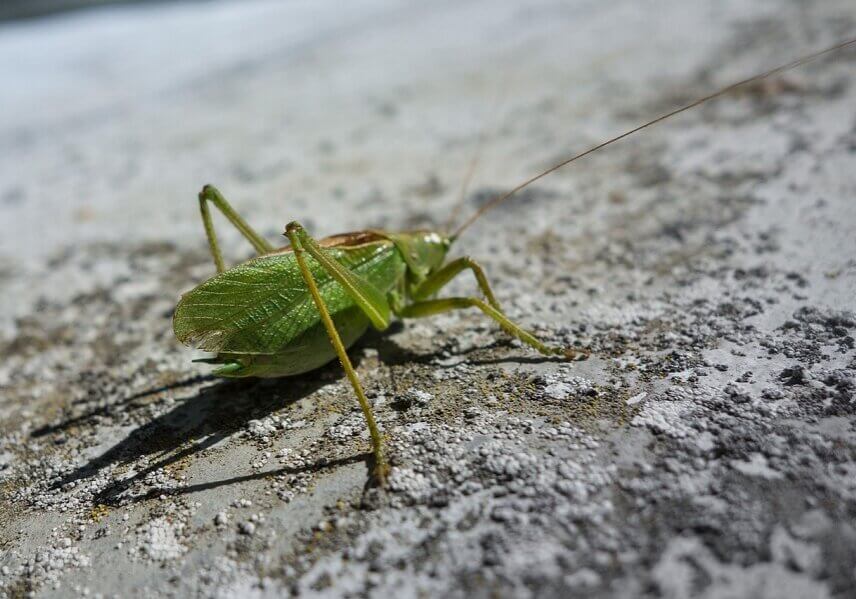
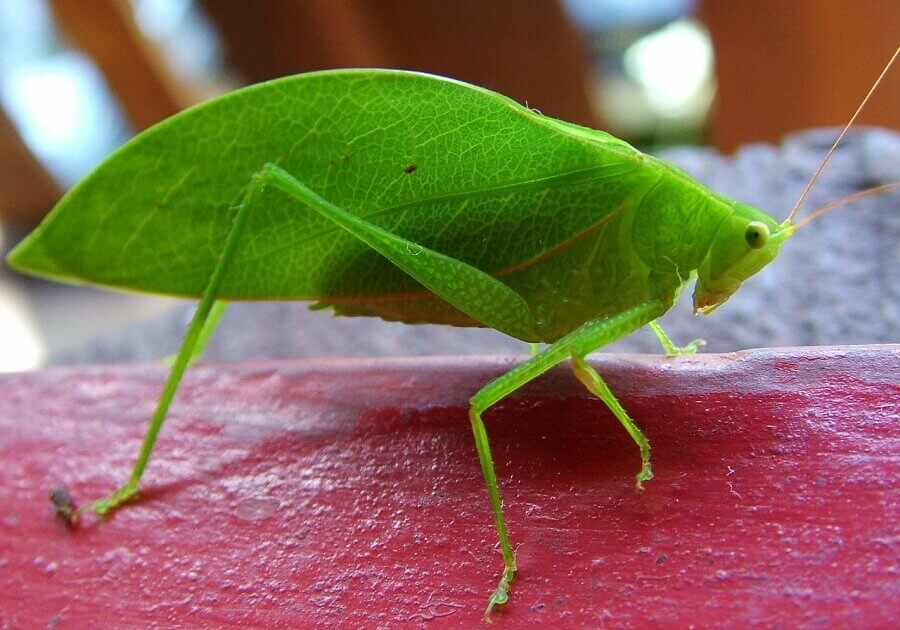
Recent posts
Join us on social media or subscribe!
Sign up to receive our articles in your inbox!
Enter your name and email address below to subscribe.

